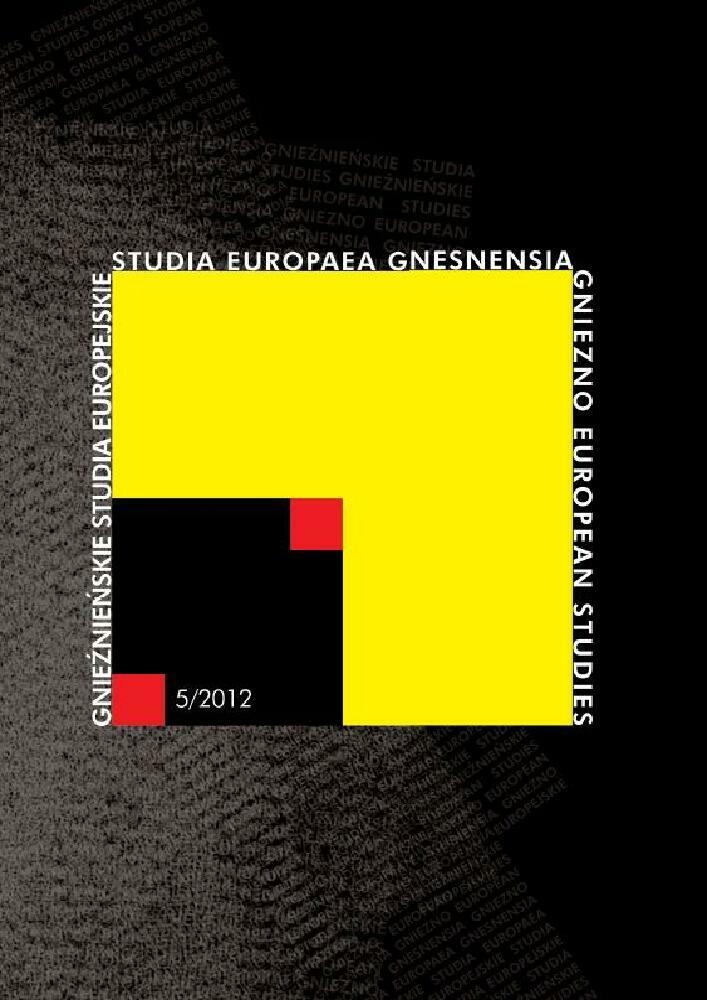Abstract
The most important source for the research into weaving products are excavated fabrics. By defining its weave, spin direction of the thread, raw materials used or the employed dyestuff the origin of the fabric may be determined, as well as the loom on which it was weft. Iconography is also greatly useful in the reconstruction of weaving work. The first loom known inRomewas the vertical warp-weighted loom. This loom, despite offering the possibility of weaving very broad fabrics, quickly went out of use inItaly, probably because weaving on it requires earlier preparation, such as weaving the starting border. Also, we do not know any representation of this type of loom in Roman art. The vertical two-beam loom resembles the warp-weighted loom, with the exception that the row of weights is replaced with a horizontal beam. It is easier to use, as it does not require preliminary work, so weaving can be begun at once. We also know representations of this loom in Roman art, which facilitate the reconstruction of its use in antiquity. The most interesting issue is the question of familiarity with the horizontal loom. The written sources do not mention it, nor is there any representation in art that we know of, therefore we must rely on what the fabrics themselves present. However, one may venture a claim that the more complicated the pattern, the greater the likelihood of the horizontal loom having been used. Furthermore, its knowledge might be attested to by the contents of Diocletian’s edict. One cannot underestimate the evidence for the existence of a horizontal loom, yet it should be assumed that it had not been introduced on a wide scale. Consequently, it appears that the Romans made use primarily of vertical looms, with the prevalence, from the turn of of the two-beam loom.
References
Bender Jorgensen L., Mannering U., Mons Claudianus: Investigating Roman Textiles in the Desert, [w:] P. Walton Rogers, L. Bender Jorgensen, A. Rast-Eicher, The Roman Textile Industry and Its Influence. A Birthday Tribute to John Peter Wild, Exeter 2001, s. 1–11.
Blümner H., Forbes R.J., Studies in Ancient Technology, Leiden 1958.
Cooke W.D., Banks K., L. Hammarlund, Fabric Width Control and Sett in Warp-weighted Loom Weaving, Archaeological Textile Newsletter 35, 2002, s. 2, 6.
Gansiniec Z., Włókiennictwo, [w:] K. Majewski, Kultura materialna starożytnej Grecji. Zarys, 1, Wrocław–Warszawa–Kraków–Gdańsk 1975, s. 444.
Hoffman M., The Warp-Weighted Loom, Oregon 1974.
Maiuri A., Ercolano. I nuovi Scavi (1927–1958), Roma 1958.
Starmose Nielsen K.-H., A Preliminary Classification of Loomweight used on the Warpweighted Loom, Archaeological Textile Newsletter 35, 2002, s. 11.
Starmose Nielsen K.-H., Kirkes vav. Opstadvaens historie og nutidige brug, Lejre 1999, s. 73–74.
Wild J.P., Textile Manufacture in the Northern Roman Provinces, Cambridge 1970.
Wild J.P., The Roman Textile Industry: problems, but progress, [w:] Purpurae Vestes. Actas del I symposium internacional sobre textiles y tintes del mediterráneo época romana. Ibiza 8 al 10 novembre 2002, Valencia 2004, s. 23.
Wild J.P., The Romans in the west, 600BC–AD400, [w:] The Cambridge History of Western Textiles, Cambridge 2003, s. 92.
Wild J.P., The Textile Industries of Roman Britain, Britannia 33, 2002, s. 10. DOI: https://doi.org/10.2307/1558851
Yates J., Textrinum Antiquorum: An Account of the Art. Of Weaving Among the Ancients, London 1843.
License
Copyright © 2012 by IKE and PTPN
